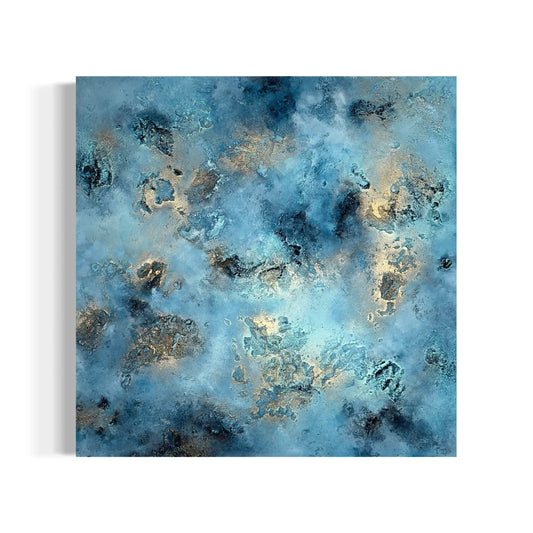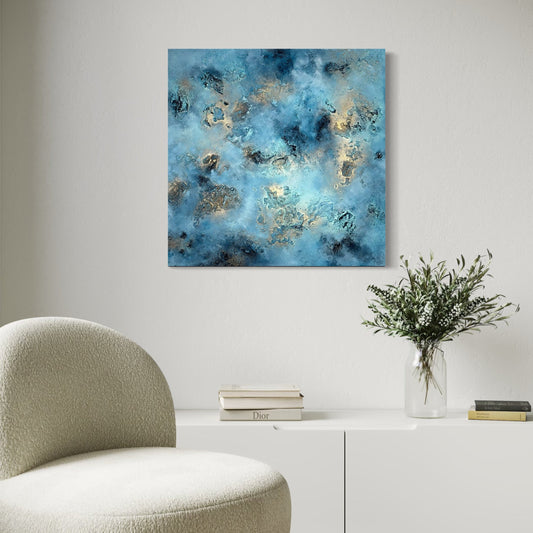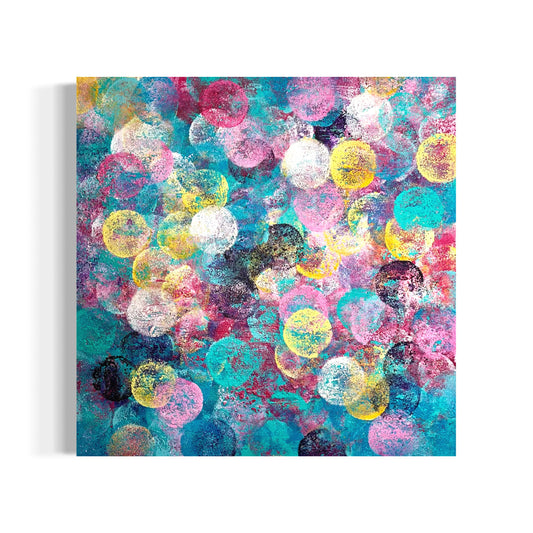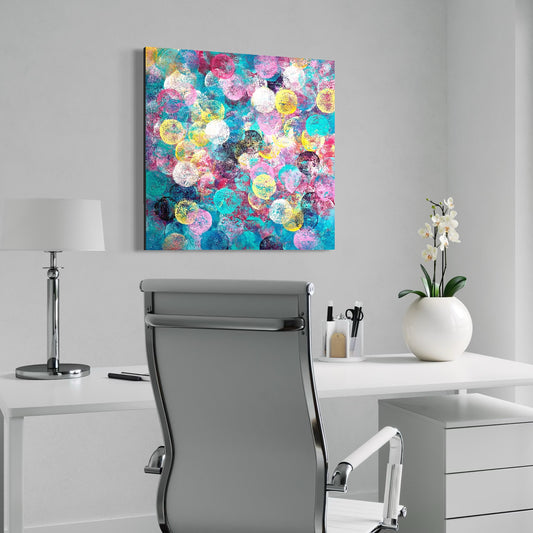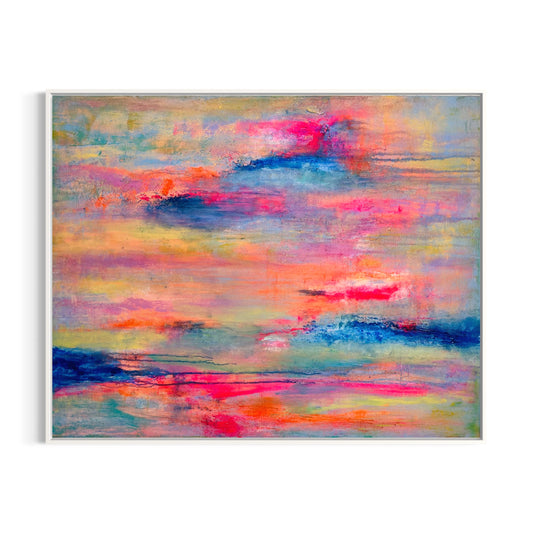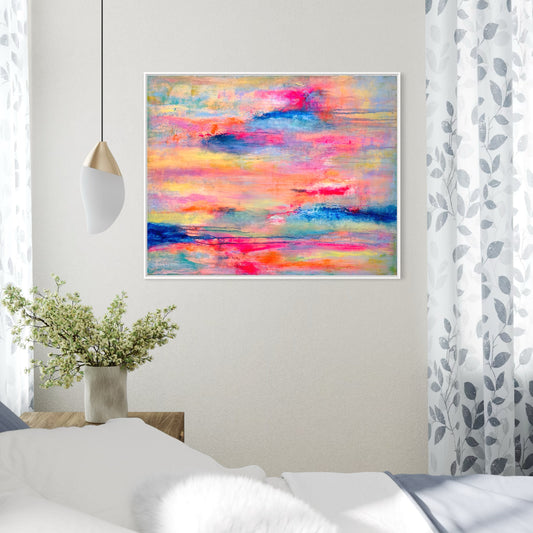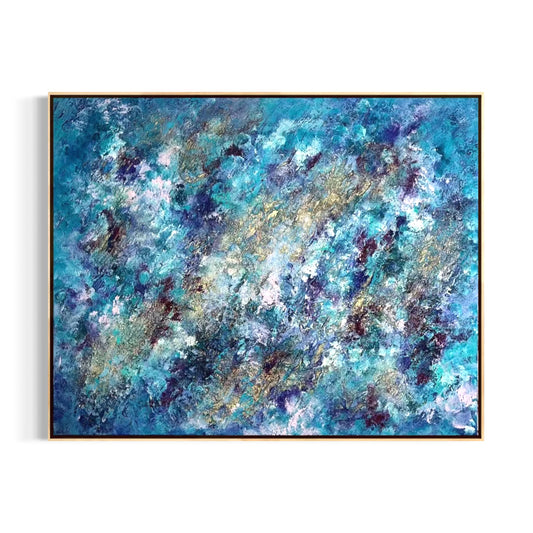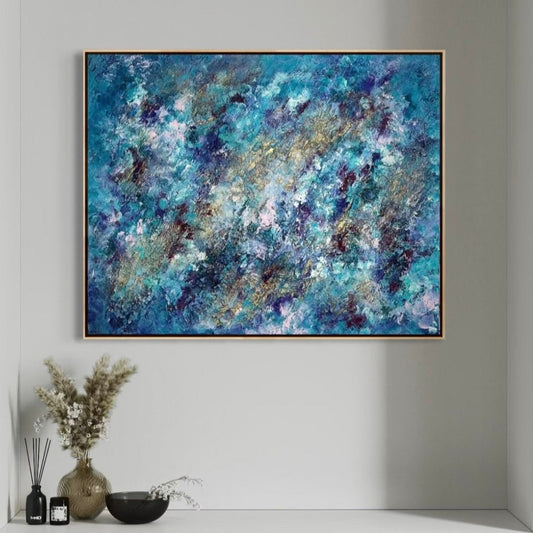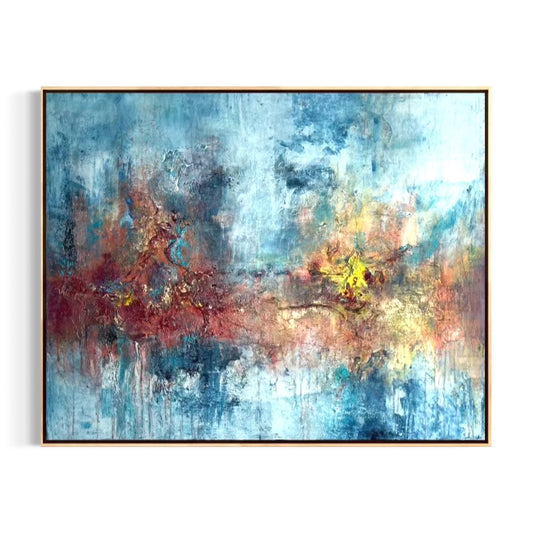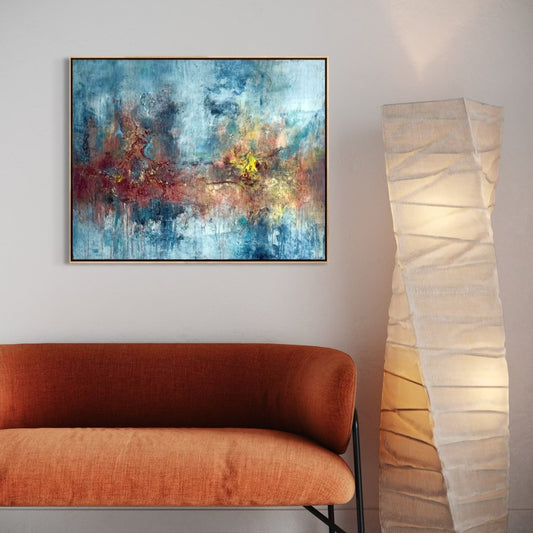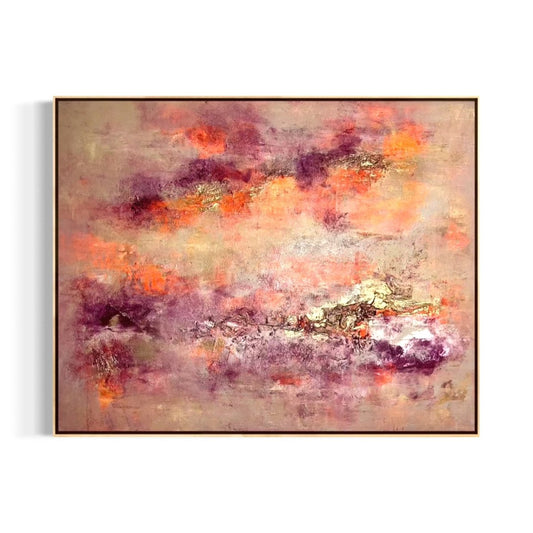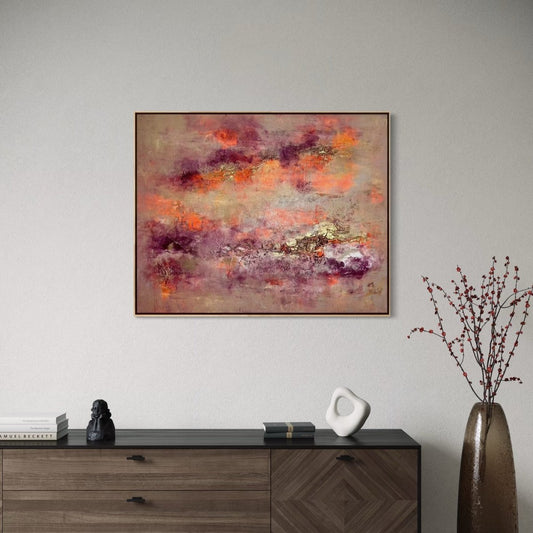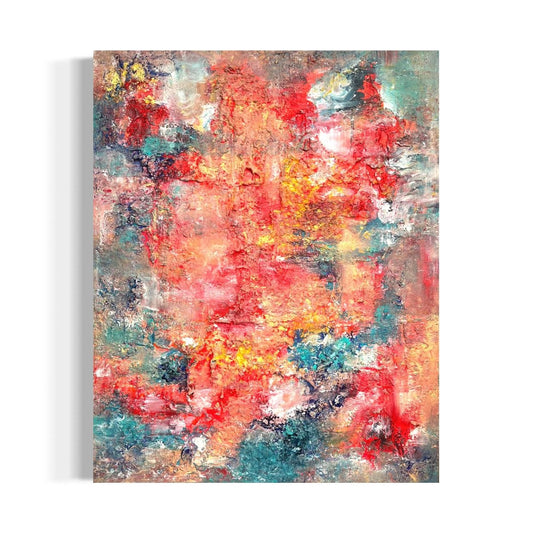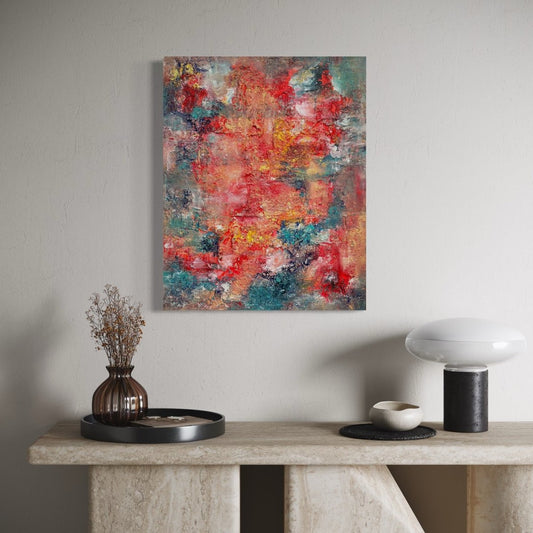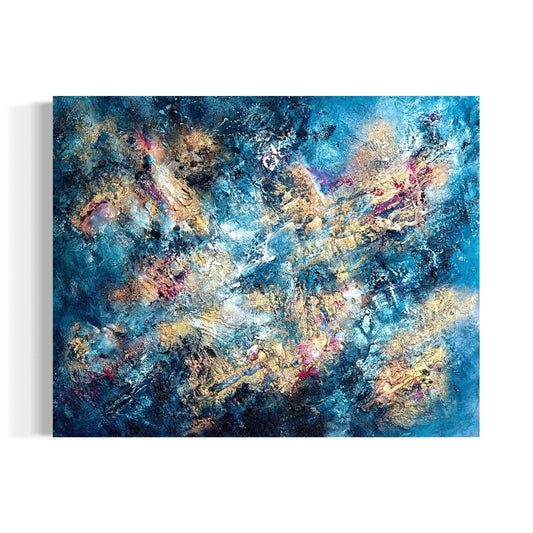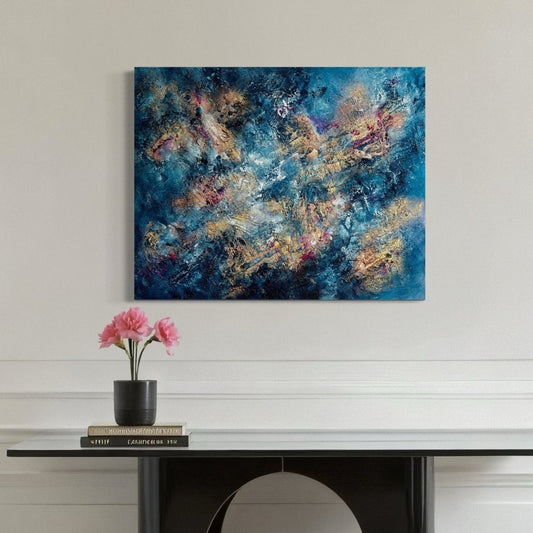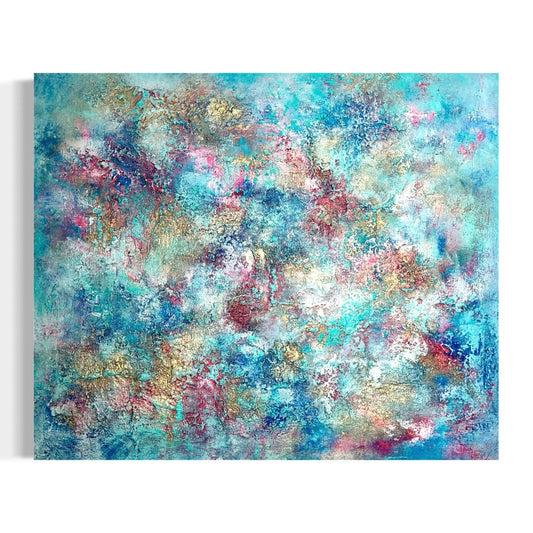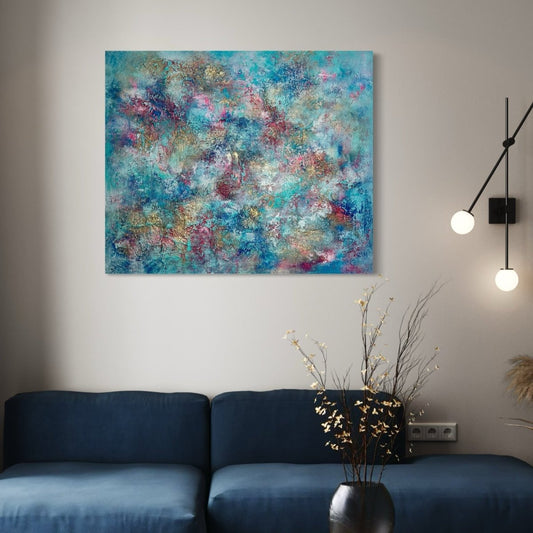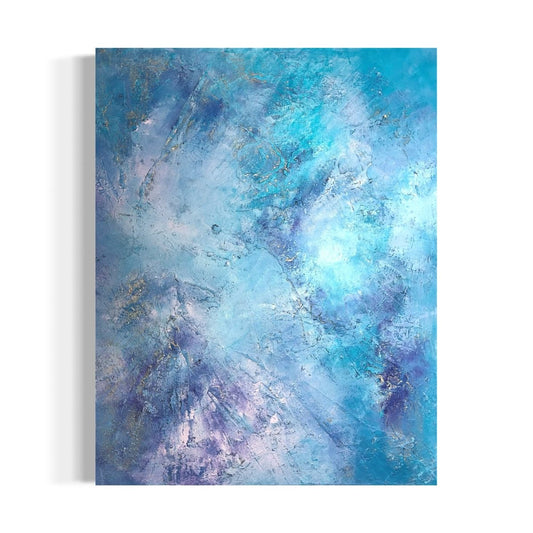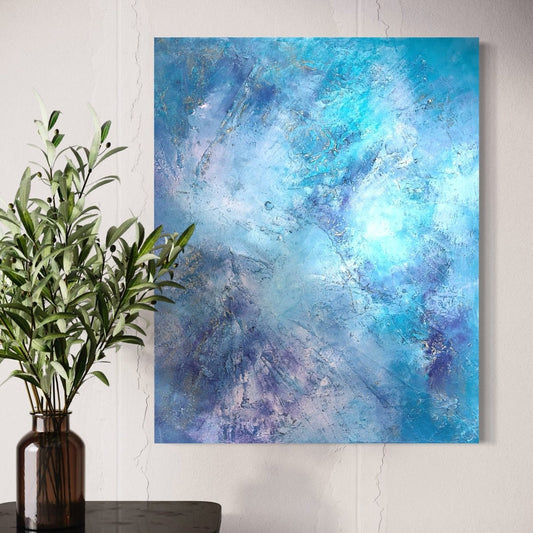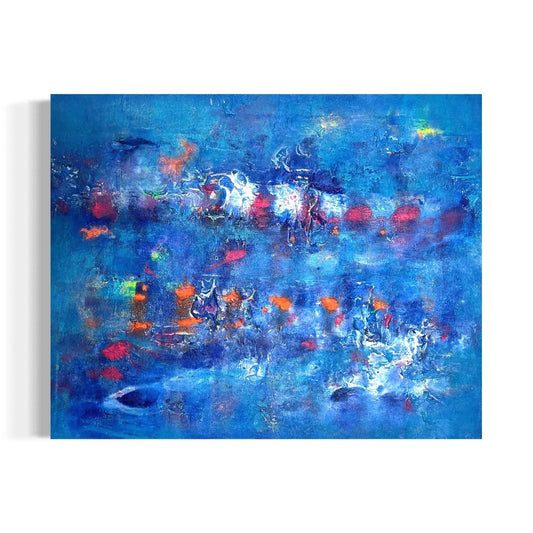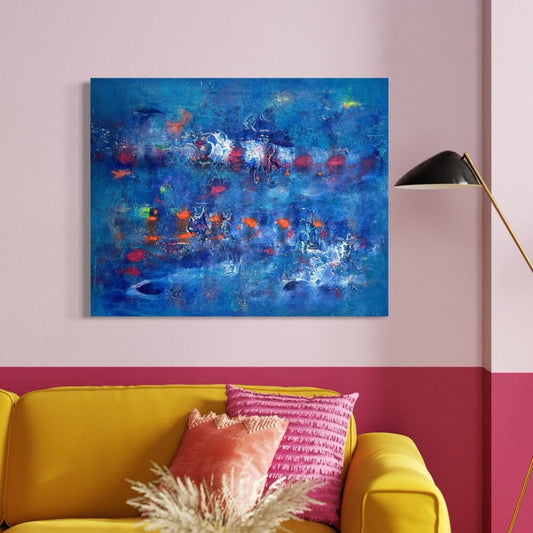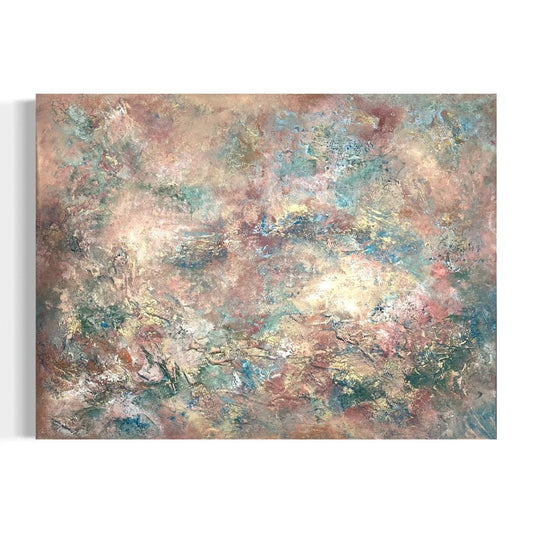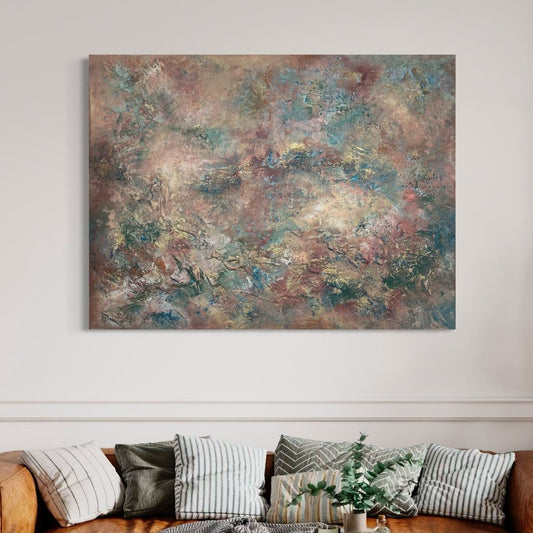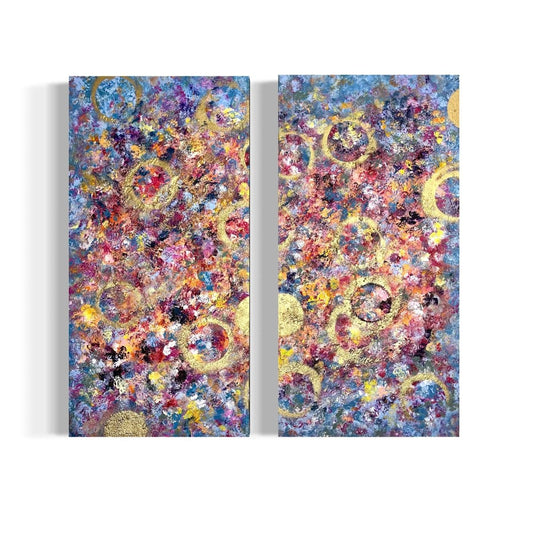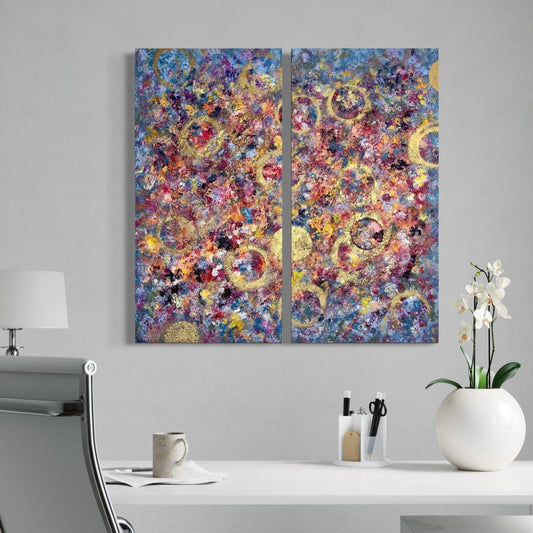Artwork: What does it mean?
Share
Essence of creativity: What is an artwork?
An artwork has inspired and impressed mankind for thousands of years. But what exactly is behind this word? The definition of art can be varied, as everyone has their own interpretation. In general, art is seen as a form of creative self-expression that emphasises aesthetic or emotional aspects. It can take various forms of expression, such as painting, sculpture, music and even performance art. To be considered an artwork, certain criteria must be met. It should be original and unique to convey an impression of individuality. In addition, it should reflect a certain intention of the artist and be able to convey a message. Another important factor is the quality of the work - both in terms of craftsmanship and artistic value. The various forms of artworks are as diverse as they are impressive. From classical paintings and abstract sculptures to modern digital art, there is something to suit every taste.
Each style has its own specialities and techniques that make it unique. The creative process behind an artwork is often just as interesting as the finished painting itself. Artists are inspired by their surroundings, emotions or social issues and then realise their ideas. The process can be long and arduous, but also fulfilling and liberating. Every artist has their own way of bringing their vision to life. Overall, an artwork is a valuable asset to human culture. It inspires us, stimulates our imagination and allows us to see the world from a new perspective. Whether it's a painting, a sculpture or a piece of music, artworks have the power to evoke emotions and take us on a journey into the depths of human creativity.
Art: A definition with depth
Art is a multi-layered and subjective phenomenon that cannot be easily categorised into a clear definition. Nevertheless, the art world has been trying to grasp and define the essence of art for centuries. A common definition of art is that it is a form of expression of ideas or emotions that can be conveyed through different media such as painting, sculpture or music. It is not just about craftsmanship or aesthetic beauty, but above all about the creative process and the message behind the work. An important criterion for an artwork is its uniqueness and originality. It should represent something new or present familiar concepts in an unconventional way. However, this does not necessarily mean that every new painting can automatically be considered art. The question of context also comes into play here: Is the work part of a recognised artistic tradition? Is it considered artistic by experts? These questions can help to distinguish between genuine art and mere imitation.
There are different styles of artworks, ranging from classical painting and abstract sculptures to performance art or digital media art. Each of these forms has its own language and aesthetic, but ultimately it is always about conveying a message or creating a dialogue with the viewer. The context and the artist's intention also play an important role. An artwork can be political, social or personal and evoke different emotions or thoughts in the viewer. Behind every artwork is a creative process that is often characterised by inspiration, experimentation and the pursuit of perfection.
Artists can realise their ideas in different ways, be it through painting with colours on a canvas, modelling clay or composing music. It is not just about the technical mastery of the medium, but also about the ability to convey emotions and transport the viewer to another world. All in all, it can be said that an artwork is more than just an aesthetic object. It is an expression of creativity, individuality and a message. The definition of art may be difficult, but ultimately it is in the eye of the beholder whether they perceive an artwork as an artwork or not. And it is precisely this freedom of interpretation that makes art so fascinating and diverse.
Deciding criteria for an artwork: persuasiveness and aesthetics
Defining an artwork can be a complex task. There is no universal definition that applies to all artworks. Nevertheless, there are certain criteria that can help to identify a work as a painting. One of these criteria is the artist's intention. A painting is the result of a creative intention and expresses a certain message or emotion. It is about creating something new and offering an expression of individuality and originality. Another criterion is the aesthetic quality of a piece of art. An artwork should be visually appealing and have a certain aesthetic value. This does not necessarily mean that it has to be beautiful, but rather that it should evoke a reaction in the viewer - be it admiration, contemplation or even discomfort. Furthermore, craftsmanship also plays a role in the definition of an artwork.
The skills and techniques used in its creation process can increase or decrease the value of a work. The use of specific materials or the mastery of certain techniques can make an artwork unique and emphasise its artistic quality. It is important to note that these criteria are not rigid and can change over time. What is considered a piece of art is subject to changes in cultural norms and the progress of society itself. Therefore, our perception and definition of artworks can evolve and adapt over time. It is this diversity and openness that makes the world of art so fascinating. From paintings to sculptures to installations or performance art, there are countless types of artworks, each with their own meaning and message.
Each of these forms offers the artist an opportunity to realise their vision and engage the viewer in a dialogue. Whether abstract or realistic, conceptual or emotional, each artwork has the potential to create a unique experience and evoke different interpretations. The creative process behind an artwork is often just as fascinating as the end result itself. It's not just about the finished work, but also about the journey to get there. The creative process can be lengthy and often requires experimentation, failure and constant rethinking of one's own work. The artists turn ideas into reality using techniques such as painting, sculpture, photography or digital media. They explore new ways of working with materials and search for innovative forms of expression. The artist's personal touch takes centre stage - his individual signature, his way of seeing and expressing. All in all, a painting is more than just a visual object. It represents the artist's imagination and his ability to communicate with other people on an emotional and intellectual level.
It can tell a story, raise questions or simply give pleasure. An artwork is an expression of human creativity and the desire for self-expression. It is a means of viewing, understanding and connecting with the world - a window into the artist's soul and an opportunity for the viewer to discover new perspectives and be inspired.
From classical to street art: discover the diversity of art styles
Artworks comes in a wide variety of shapes and forms. They range from paintings and sculptures to installations and performance art. Each medium has its own way of expressing itself and conveying a message. Paintings can capture emotions and tell stories with colours and brushstrokes, while sculptures can influence the space around them through their three-dimensional design. Installations, on the other hand, often use the entire room as a canvas and create an immersive experience for the viewer. Performance artists, on the other hand, use their own bodies as a medium and interact directly with the audience.
In addition to these classic art forms, there are also modern forms of expression such as digital art or street art that break new ground to convey their message. Digital art uses technology as a tool to create visual effects or interactive installations. Street art, on the other hand, uses public spaces such as walls or streets to make political or social statements.
The diversity of the artworks reflects the diversity of human creativity. Each painting is unique in its form, content and expressiveness. Whether abstract or figurative, traditional or experimental - every artwork has the potential to evoke emotions in the viewer and stimulate thought. There are no limits to the viewing of a piece of art. You can enjoy it alone or with other people, analyse and interpret it or simply let it take effect on you.
Artworks have the ability to take us out of our everyday lives and immerse us in another world. Although artworks are diverse in their form, they all have one thing in common: they have been created by a creative mind. Behind every painting is an artist who has brought their ideas and visions to life. The process of creating an artwork is often lengthy and demanding. It requires not only technical skill, but also inspiration and expressiveness. All in all, artworks are an important part of our society. They enrich our lives, inspire us and raise questions about our world and our existence. Whether you are an artist yourself or simply enjoy looking at art, the diversity of artworks offers something special for everyone.
How a masterpiece is created: The fascinating creative process
An artwork is not created out of nothing, but is the result of a creative process that places the artist at the centre. This process can be seen as a kind of journey in which ideas and inspirations are collected, discarded and further developed. It is a constant experimentation with shapes, colours and materials to achieve the desired expressiveness. The creative process behind an artwork often involves an inner struggle between self-criticism and self-confidence. The artist must be brave enough to cross boundaries and break conventions in order to create something unique. Craftsmanship also plays a major role: techniques must be learnt and perfected in order to bring the artist's vision to life. The creative process is often accompanied by doubts, but it is the passion for art itself that drives the artist and brings him back to the easel time and time again.
In this sense, an artwork is not only seen as a finished product, but also as a reflection of the creative process behind its creation. It is a snapshot of the artist's thoughts and feelings - a window into his world full of imagination and inspiration.



